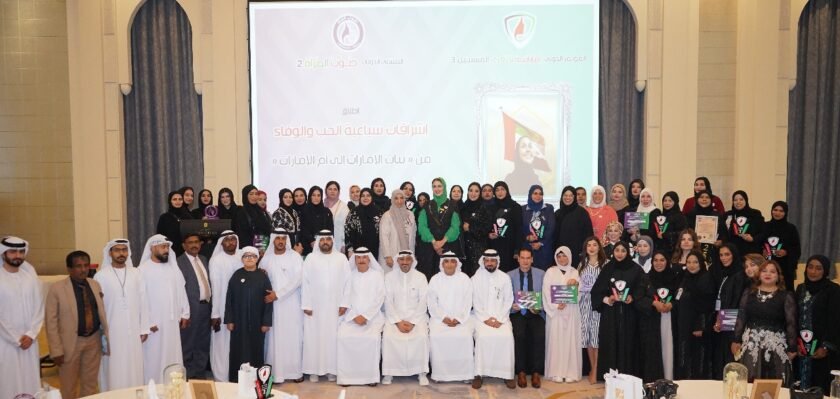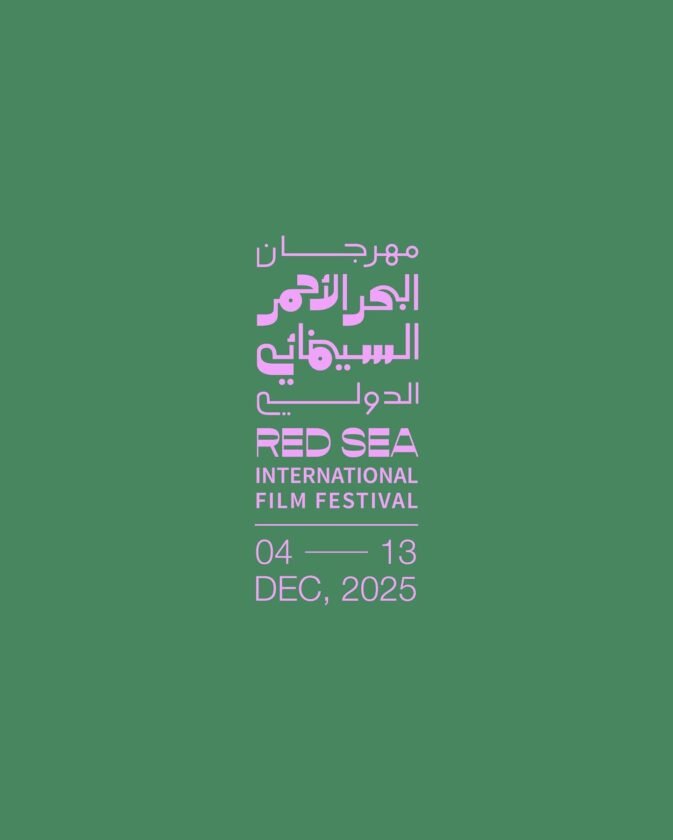In the ancient Phoenician language, which has its roots in the Semitic language, the ancient port of Bizerte addressed the audience on Sunday evening that accompanied the event “Return of the Phoenicians” or “Year of Hyam”, which is the literal translation of the phrase “people of the sea” in Phoenician.
Organized as part of the 34th Heritage Month celebrations, this cultural and scientific event was a journey back in time to a time when the Canaanites crossed the sea to the western coasts of the Mediterranean, where they merged with the indigenous people of North Africa to found Carthage and become the master of the sea, trade, industry, agriculture and the arts.
The ancient port of Bizerte, or “Epoacra” in the Greek language and its translation into Roman, “Epo Diaritus,” which means “irrigated by flowing water” due to its vital connection to the sea and to the water in the valley, is one of the most important commercial and military centers in the Phoenician era, prompting historians and researchers to say that without the port, the city would not have existed.
The Return of the Phoenicians event, organized by the Regional Delegation for Cultural Affairs in Bizerte and coordinated by Fathi Dridi, relied on a number of artistic expressions, such as scenes that celebrate professions in the Phoenician and Punic era, such as fishing and trade, such as the scene ‘Baal Hano Hahram’. which celebrates food, grains, olives and other bounties, in addition to a display of Phoenician dress, a demonstration of the royal purple dyeing method in the Carthaginian era, and a scientific presentation explaining the archaeological data of the content of the scenes presented.
//Scenes that confirm the succession of civilizations and the continuation of their peculiarities
Kais Al-Boghanimi, professor of theater and director of the House of Culture in Mater, who is the general director of the scenes, said that the scenes in which street theater was adopted through the mixing of actors with the audience, especially at the end of the scenes, were performed by about 22 young men and women from the Youth House in Tinja and the Art House in Menzel Bourguiba, in addition to a number of children who came from Manouba.
He added that these scenes, in which the Phoenician language was adopted in the first stage, simulated the maritime trade of the Phoenicians and what was exchanged by the merchants, especially the gold trade, and then the food “Nemat”, where it was revealed that many of the names of foods in the Phoenician era are still alive to this day, such as wheat, dates, onions, cumin and olives, and also focused on cooking methods, as it was revealed that the tabouna adopted today in the countryside is the same used in the Carthaginian era.
In a final stage, the Phoenician-Boni dress, designed by Shadia Ettroudy, was celebrated. The choice of its shapes, colors and the way it was worn, as well as the language used, was the result of careful scientific research based on artifacts, research and ancient writings.
Craftswomen and artisans specialized in knitting, sewing, and leather worked together to design the costumes worn by the participants in the presentations.
// The scientific reading of history in the face of artificial intelligence
Dr. Khawla Bennour, a specialist in ancient languages and civilizations, who wrote the text and dialogue and prepared the scientific content, said that this work comes in the context of efforts to revive the heritage and interpret it according to the correct scientific and historical information, especially as we live in a process of fallacy and falsification of the history of Tunisia, to which artificial intelligence techniques have contributed significantly.
She warned of the dangers of entrenching misinformation in new generations about Tunisia’s history in light of the disconnect between scientific research and society.
She emphasized that through artifacts, available material data, ancient writings, and intersections made by researchers, it is confirmed that the Canaanites came to Tunisia (Phoenicians is a Greek name for those who came from Tyre and Sidon), so Carthage is the heir to the Fertile Crescent.
She noted that it is strange for some parties to question the existence of the Phoenicians or their arrival in North Africa, especially since there are proven data confirming that they were the bridge that connected the eastern and western shores of the Mediterranean, and they brought with them the cultivation of olives, presses, pomegranates, and wheat.
The artistic and scientific presentation was preceded by a tour of the old city of Bizerte, organized by the region’s heritage consultant Basma Elhouidi.
TunisianMonitorOnline (Dhouha Talik – English: NejiMed)




